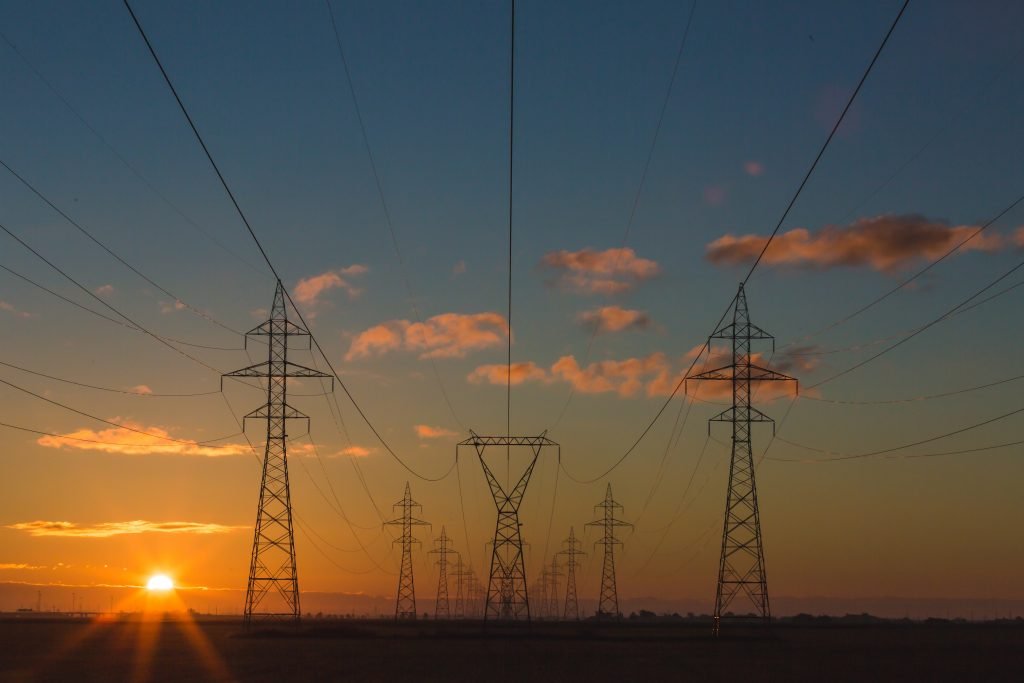A new deal for energy consumers
From the Clean Energy Package to the future of Electricity Network Codes
FSR Topic of the Month by Athir Nouicer, Valerie Reif, Tim Schittekatte
 In this Topic of the Month, we look at new developments in the area of electricity network codes and guidelines that were triggered by the recent adoption of the Clean Energy Package (CEP). The recast of the electricity Regulation (Regulation (EU) 2019/943) explicitly lists several areas for new network codes and guidelines. In many other areas, the electricity Directive (Directive (EU) 2019/944) allows Member States to first experiment with innovative regulation. Best practices may later inspire the development of new European principles or rules or point out necessary amendments to existing network codes and guidelines.
In this Topic of the Month, we look at new developments in the area of electricity network codes and guidelines that were triggered by the recent adoption of the Clean Energy Package (CEP). The recast of the electricity Regulation (Regulation (EU) 2019/943) explicitly lists several areas for new network codes and guidelines. In many other areas, the electricity Directive (Directive (EU) 2019/944) allows Member States to first experiment with innovative regulation. Best practices may later inspire the development of new European principles or rules or point out necessary amendments to existing network codes and guidelines.
The research FSR Energy conducts on these areas is done in the context of the European H2020 project INTERRFACE (“TSO-DSO-Consumer INTERFACE aRchitecture to provide innovative grid services for an efficient power system”). INTERRFACE brings together more than 40 partners from all across the electricity sector. Besides thinking about future regulation, also several pilots are being set up in the project.
In this Topic of the Month we address for areas: Flexibility mechanisms, Consumer data management, Electro mobility and Peer-to-Peer trade.
Week 1: Flexibility mechanisms
by Tim Schittekatte and Valerie Reif
What is it about?
More and more DERs are connecting to the lower-voltage electricity network. At the same time, electricity consumption at these endpoints of the grid is likely to increase due to the electrification of transport and heating. It is clear that solely relying on investments in the distribution network to cope with these evolutions will be very expensive. Luckily, the same developments that create network challenges are also part of the solution. Namely, distributed generation and increasingly smarter managed load, both possibly combined with storage, are local and flexible, i.e. they can change their need for electricity infeed/withdrawal on short notice at a specific point in the grid.
How to unlock this flexibility? CEER and ENTSO-E together with all DSO organisations describe several approaches to enable DSOs and TSOs to access flexibility:
- a rule-based approached – imposing flexibility requirements through codes and rules;
- network tariffs – designing cost-reflective network tariffs to better align the charges grid users face with the network costs they cause;
- connection agreements – DSOs could reach arrangements with customers for the provision of flexibility in return for a cheaper connection
- market-based procurement – DSOs and TSOs can explicitly procure flexibility that benefits the grid services from the market(s); and
- technical solutions using grid assets: a reconfiguration of the grid topology to alter power flows, including reactive power flows, and achieve a more desirable system state
What does the Clean Energy Package say?
One of the most promising of these approaches is the market-based procurement of flexibility. Currently, several pilot projects are being deployed in Europe; more information about four of such projects (PicloFlex, Enera, GOPACS and NODES) can be found in our recently published paper. This approach is also mandated by the CEP. More precisely, in the e-Directive of the CEP (Art. 32), it is described that DSOs shall procure flexibility services in accordance with transparent, non-discriminatory and market-based procedures unless the regulatory authorities have established that the procurement of such services is not economically efficient or that such procurement would lead to severe market distortions or to higher congestion.
In addition, to ensure cost-efficient, secure and reliable network planning and operation, the e-Regulation (Art. 57) foresees the exchange of all necessary data and information between TSOs and DSOs as well as the coordinated use of demand-side flexibility. In that respect, the EU DSO entity will play an important role as a mouthpiece for the interests of all DSOs (e-Regulation, Art. 51).
Smart connection agreements are not explicitly mentioned in the CEP, but in that regard, it is important to note that in Art. 13(5.a) of the e-Regulation it is stated that distribution and transmission system operators are allowed to curtail renewable generation which is directly connected to their network if they are able to demonstrate in a transparent way that doing so is more economically efficient. Also, the curtailed volume shall not exceed 5 % of the annual generated electricity in the installations which use renewable energy sources, unless otherwise provided.
Finally, another relevant article to flexibility mechanisms is Art. 18 of the e-Regulation in which principles for network tariff design are described in more detail. Distribution network tariffs and access charges shall be cost-reflective and non-discriminatory.
Which Network Code and Guideline Areas are relevant?
The use of market-based flexibility mechanisms as described in Art. 32 of the e-Directive in the CEP can be experimented with at a national level. It will be very interesting how the different Member States transpose the articles of the e-Directive into their national legislation. Subject to their design and implementation, flexibility mechanisms touch upon three network code areas as described in Art. 59(1) of the e-Regulation. As the activation of flexible resources influences both grid operation and balancing of the system, coordination through well-designed data exchange processes between TSOs and DSOs are important to avoid system disturbances. Note that where the use of flexibility implies data exchange between system operators, additional network code areas than the ones described below can be considered important.
(1) Rules on demand response, including aggregation, energy storage and demand curtailment rules
This area is relevant as Art. 59(1) explicitly mentions that this area includes the implementation of Art. 32 of the e-Directive. This network code area is a completely new area which was not present in the Third Energy Package preceding the CEP. Exactly demand response and storage, whether individual or aggregated, are considered important technologies to compete in market-based procurement of flexibility. This is a step forward as demand response and storage have great flexibility potential but are very hard to contract in a (long-term) cost-based manner. Also, market-based flexibility relates to demand curtailment rules. One of the objectives of flexibility markets is to more economically avoid demand curtailment or, if it would occur, to let curtailment happen in a market-based way.
(2) Capacity calculation and congestion management rules and (3) Rules for trading related to technical and operational provision of network access services and system balancing.
These two areas are deemed relevant as the flexible resources connected to the distribution grid cannot only be used for congestion management at distribution-level but also for other purposes. Examples of other purposes are congestion management at transmission-level, system balancing and to balance the portfolios of Balance Responsible Parties (through the wholesale market). This is also what Art. 32(2) aims at when stating ‘Distribution system operators shall exchange all necessary information and shall coordinate with transmission system operators in order to ensure the optimal utilisation of resources, to ensure the secure and efficient operation of the system and to facilitate market development’. Therefore, flexibility mechanisms can have an impact on existing electricity markets. The relevant existing electricity markets are regulated by the CACM GL and the EB GL. Therefore, these network codes areas, however not newly introduced, are relevant in this respect.






